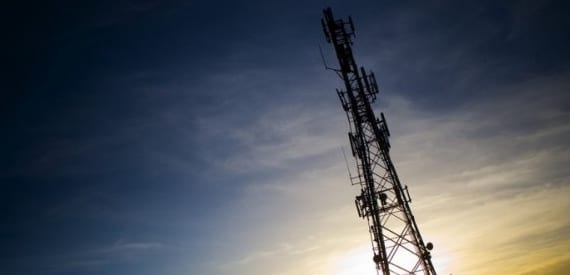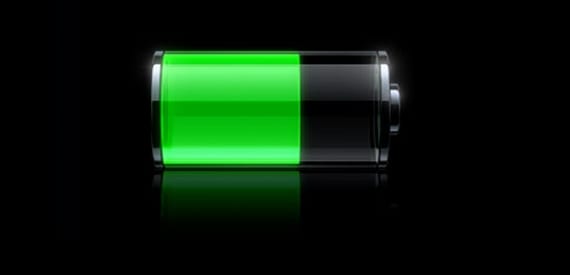A few weeks ago, AndroidSIS, inaugurated a section in which we would show you tips about Android: tricks, tips, things that improve your terminal... In the first installment, we saw how to protect our Google Play Store from unwanted purchases through a password that is placed next to it. time to download paid applications, books or videos: simple and very effective to avoid unwanted purchases of high economic value.
This time, I'm going to give you a series of tips to optimize the battery from your terminal. We all know that today's smartphones have a very limited battery that does not last almost a day. The thing about the tablets is different, since these do last a longer time. Ahead:
Screen
La screen of our smartphone consumes almost 50% throughout the day. To prevent the screen from consuming so much battery we have several tricks:
- Auto brightness off: If we go to Settings> Display> Brightness we have the option to activate or deactivate the automatic brightness. This function keeps the light sensor active at all times which causes the battery to decrease while modifying the brightness of the screen.
- Brightness: For its part, even if we have automatic brightness, we cannot put the screen brightness "full" as the battery will not last a day. To do this, let's set the brightness of the screen without overflowing with light, but not without missing light either.
- Wait time: When we are not working with our terminal, we can modify the time it will take for the screen to lock. We have to find a mean time: neither too high nor too low. 1 minute or maybe 2 would be fine; no more. This is configured in Settings> Display> Timeout> We select the time we want.

Local
By connections I mean Wi-Fi, Bluetooth, Data… Well, a couple of tips:
- Deactivate those that we do not use: If we are not using Bluetooth or GPS (any connection) it would be convenient to turn it off since the terminal uses resources to keep the system active.
- Icing: One of the things that the phone suffers the most when we go to a place without coverage is that, if we have the data network activated, it tries to search for coverage which causes it to use more resources than normal, therefore, it uses more battery. It is important to turn off the data network and activate Airplane mode if we know that where we are, there is no coverage.

Multitasking
When we open an application, we close it and open another; the first one remains in the background, draining the battery. This is supposed to do all phones and damages the battery of our terminal. For delete the applications in the background we have applications such as:
Or we can also remove them naturally through: Settings> Applications> Running Services> Press application> Stop. Clever!
Battery manager
We have a function in the Android Settings that surely you have not seen (or have not noticed) almost never, it is the: Battery manager.
This tool allows us create battery profiles to use in certain situations. For example, if we want our terminal to work the same during the day and at night, we will have to activate the Night Mode, look at all the modes we have:
- Maximum savings: Lower consumption. Minimal automatic data updates.
- Night saving: Normal operation during the day and saving at night.
- Performance savings: Synchronization without restrictions. No battery saving.
- Personalized savings: We can create our own mode by clicking on this feature.
To access this function we will have to go to Settings> Battery Manager
That's all for today, wait for the third installment of the Android Tips in AndroidSIS. Take care of the battery!
More information – Android Tips (I): Keep an eye on the Google Play Store for unwanted purchases


The usual hot topics. The GPS does not use battery unless you have Google Maps open (in which case there is a very fat icon in the notification bar). If you have Wifi coverage, it is much better for the battery to go by Wifi than by mobile network. And task killers have been known for years that not only do they not save anything, but that they cause more battery consumption by continuously inserting and removing applications from memory. The operating system already knows how to manage memory, it is not necessary to go around tinkering with the subject.
I rectify regarding the GPS ...
Surely you do not use applications that do not require the use of GPS, but I, on the other hand, if I use these applications and therefore I close them or turn off the GPS ...
regards
Is that if an application does not use GPS, it does not activate, and therefore does not use battery. The GPS is only activated if you are running an application that uses positioning, such as Google Maps or similar.
The only case in which you might be interested in deactivating the GPS is if you are not interested in positioning yourself with satellites, and positioning by network / Wifi is enough, which is faster (although less precise). Also, if you use Google Maps but you are inside a building, it does not make much sense to use GPS, since most likely you will not be able to position without direct view of the satellites.